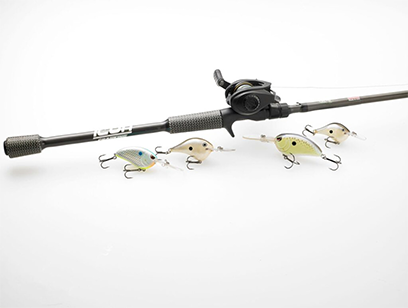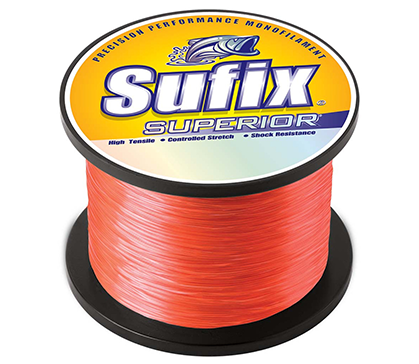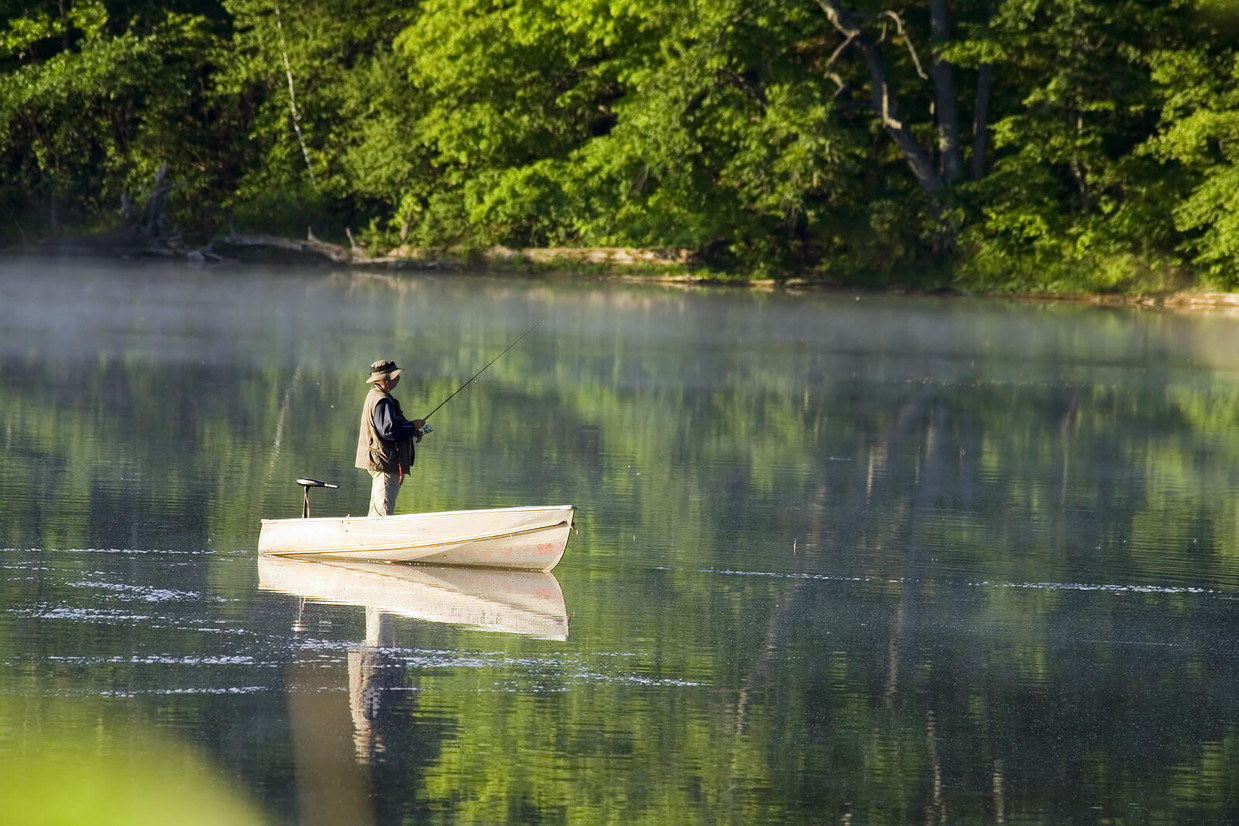3 Top Pro Angler Tips for Improving Casting Distance and Accuracy
Maximizing casting distance and honing accuracy are fundamental skills every serious angler needs to master. Whether threading a lure through tight cover or dealing with crosswinds, perfecting your casting technique can boost your success rate.
Minor tweaks like adjusting your casting arc, timing your release point, or upgrading to a fast-action rod are effective ways to improve casting and accuracy. Refining your thumb control for baitcasters or fine-tuning your spool tension on spinning reels will improve distance and precision.
Use these three tips to improve your casting and accuracy on the water and take your casting skills to the next level.
Be Mindful of Your Form
Even minor adjustments in stance, body alignment, and casting motion can improve your control and casting distance. Understanding your technique and making these changes will help you gain better precision and achieve longer casts with less effort.
Position and Stance
Start with a stable stance, placing your feet shoulder-width apart. If you’re right-handed, position your left foot slightly forward, and vice versa for left-handed anglers. This stance provides a solid foundation for your cast.
Hold your rod firmly but not too tight—excessive tension can stiffen your casting motion. Place your thumb on the reel spool for baitcasters or along the rod for spinning reels. This positioning allows for better control during the cast.
Keep your body relaxed, but stay alert. Muscle tension often causes jerky movements and poor casts. Before each cast, take a deep breath and relax your shoulders to ensure a smooth motion.
The Casting Motion
The casting motion should be smooth and fluid. Start with the rod tip at waist height. Next, bring it back to the power position, around 2 o’clock for right-handed anglers (10 o’clock for lefties). As you bring the rod forward, focus on gradual acceleration. Avoid sudden, jerky movements.
Release the line or depress the reel button when the rod reaches the 10 o’clock position (2 o’clock for left-handed anglers). This timing ensures the maximum transfer of energy to the lure.
The power in your cast should come from your core and upper body, not just your arm. Rotate your torso slightly as you cast for added distance. Remember, smooth is fast, and fast is far.
Pay attention to your follow-through as well. After releasing the line, allow your rod tip to continue forward and down slightly. This motion helps to direct the lure and can add extra distance to your cast.
Choose Your Equipment Wisely
Matching your rod, reel, line, and lure to the fishing conditions and your goals allows your technique to flow naturally. However, using the wrong combination can make casting more challenging and throw off your rhythm. Having equipment that fits the situation helps you make the most out of each cast.
Select the Right Rod and Reel

Your rod and reel combination forms the core of your casting setup.Longer rods (7 to 8 feet) typically cast farther, while shorter rods offer more accuracy. A medium-heavy action rod is versatile for most situations.
Graphite rods are lightweight and highly sensitive, making them ideal for detecting subtle bites and delivering precise casts. Fiberglass rods provide a smoother action, making them an excellent choice for techniques like crankbait fishing.
With reels, baitcasting reels typically offer superior distance and accuracy once mastered. They allow for greater control over the spool during the cast, reducing backlash. Spinning reels are a solid choice for beginners or those prioritizing ease of use.
Match your rod’s power and action to the lures you throw most often. A rod that’s too stiff or limber for your lure weight will negatively impact your casting performance.
Importance of the Correct Line and Lure

Thinner diameter lines typically cast farther due to reduced air resistance but are more prone to breaking. For most applications, 10-12 lb. test monofilament or fluorocarbon line balances castability and strength.
Braided lines can provide even greater distance but are more visible in the water. If you choose a braided line, consider using a fluorocarbon lead.
Heavier lures generally cast farther, but finding the right balance is essential—too heavy, you’ll sacrifice accuracy. Start with lures in the ¼ to ½ oz. range and adjust based on your rod’s capabilities and target species. For example, for species like pike or muskie, which are larger and often require more substantial lures, you may need to increase the weight to match their aggressive nature and larger size.
For distance casting, choose streamlined lure shapes that cut through the air efficiently, such as jigs or topless pencil lures. Spoons and in-line spinners are also excellent options for maximizing casting distance.
Practice Makes Perfect
Even with the proper form and quality equipment, practice is the key to improving casting distance and accuracy. Regular, focused practice allows you to develop muscle memory, making each cast smoother and more accurate.
Ideal Practice Techniques
To improve your casting, practice in an open area, such as a field or backyard. Set up markers or targets at different distances and practice casting to each one. Begin with short, controlled casts and gradually increase your distance as your accuracy improves.
Make sure you vary your practice environment as well. Cast in different weather conditions and on land and water to simulate real-world fishing scenarios. This will help you learn how to adjust your technique for different situations, such as casting into the wind or making casts into small openings in vegetation.
Using Drills to Refine Skill
Incorporating drills into your practice can sharpen specific skills. The “target drill” is a great way to improve your accuracy. Place objects at varying distances and angles, and practice hitting them with your lure.
Another helpful drill is practicing sidearm or underhand casts. These techniques are essential when fishing in areas with low-hanging trees or other obstacles or when you want to make short, quick casts.
For longer casts, focus on maximizing the efficiency of your movement. Stand in a balanced position, and focus on generating power from your legs and torso rather than your arms. The goal is to make each movement deliberate, efficient, and smooth.
How To Apply These Tips in Actual Angling Situations?
Once you’ve honed your form and technique through practice, you’ll want to apply these skills in real-world fishing situations. Adapting to different conditions will give you an edge in even the most challenging environments.
Factoring in Weather Conditions
Wind is often the most challenging weather condition for casting. When casting into the wind, use a lower trajectory and increase your power to help your lure cut through the air more effectively. In strong crosswinds, aim your cast slightly upwind to compensate for drift.
Rainy conditions can make your grip slippery, affecting your cast. Consider using a rod with a high-quality cork or foam grip for better control in wet conditions. Be prepared to adjust your casting power, as wet lines can be heavier and impact your distance.
Addressing Challenges in Various Waters
Different water bodies present unique casting challenges, including:
- Rivers and streams. In moving water, it's often necessary to cast upstream and let your lure drift naturally—practice casting at an upstream angle and mending your line to maintain control over the drift.
- Lakes and ponds. Still waters frequently require longer casts to reach fish holding in deeper areas. Focus on distance casting while maintaining accuracy, especially when targeting structures like fallen trees or weed beds.
- Saltwater surf. Casting in the surf demands power to penetrate wind and waves. Use a longer rod (9-12 feet) and focus on generating line speed with your entire body, not just your arms.
When fishing from a boat, practice casting from various positions—seated, standing, and from different areas of the boat. Each position will feel different and require slight adjustments to your technique.
Αchieve Pro-Level Casting With Simple Adjustments
With consistent practice and the right gear, you’ll be amazed at how quickly your casting improves. Whether aiming for greater casting distance or more accuracy, these tips for improving casting and accuracy will help you fish like a pro.
At FISH307, we offer a wide range of rods, reels, lines, and other fishing gear to help you achieve your angling goals. Our staff is always ready to assist you in finding the perfect equipment for your needs. Contact us today, and let us help you take your casting and fishing experience to the next level!
Recent Posts
-
How To Go Ice Fishing: The Complete Guide
Ice fishing offers a unique and rewarding challenge for anglers willing to brave the cold. When the
-
3 Top Pro Angler Tips for Improving Casting Distance and Accuracy
Maximizing casting distance and honing accuracy are fundamental skills every serious angler needs




